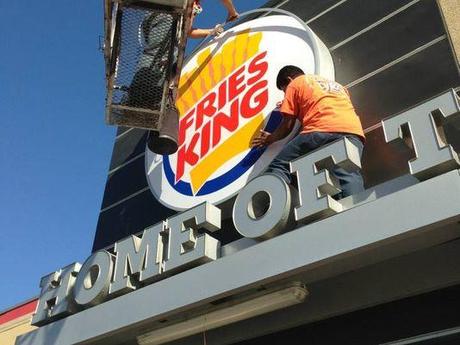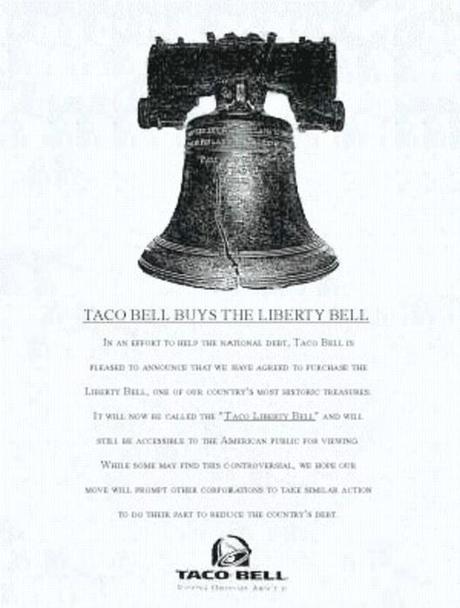Let’s compare pranks. Here’s the latest, and it’s from the polite Canadians who run Tim Horton’s, which according to Wikipedia was Canada’s largest fast food service at the end of 2013, besting even those honest confessors over at McDonald’s Canada.
I don’t know about you, but the whole time I was watching, all I could think was, “Who reassured those people it was okay to go into a totally black hole? Who would walk into a blackened restaurant like that? Certainly not two old ladies.” So here’s Rule #1 of your prank:
1. Don’t leave out crucial details in the re-telling, or you create suspicion around the whole thing.
Secondly, I thought it nice and simple, and not mean, which is good, but might have missed an opportunity to make it about something relevant to the restaurant itself.
2. Keep it simple, but see if you can make it about something. “Dark” just announces that Tim Horton’s has dark; it’s not that interesting in and of itself.
But don’t make it only about yourself—when Burger King pranked customers by renaming itself Fries King, you could hear the yawn from space. Shuttle astronauts actually reported hearing a gigantic yawn. Amazing.

I got this photo from USA Today, who says you can buy T-shirts with a “Fries King” logo. It’s not clear whether they sell you a shirt if you tell them you’re only going to wear it ironically.
3. Don’t make the prank about yourself in a boring way.
But if you can understand where your brand sits in the mind of the consumer, and toy with that, you can come up with a pretty good prank. Starbucks knows everybody thinks its cup-size-nomenclature is pretentious so it self-effacingly tweaked itself a few years ago; and Burger King used to know what people loved about them, and came up with the best prank ever in the history of restaurant pranks—The Whopper Freakout, which toyed with people’s real-life, actual love for their burgers. Their left-handed burger was also pretty great.
4. Try to make the ad relevant to yourself, and “ownable,” but about your customers.
If possible, of course, it’s fun to make fun of the competition and prank them instead of your customers. McDonald’s recently made an easy target for both Taco Bell and Hardee’s/Carl’s Jr.
5. See if you can take your competition down a peg with your prank.
Of course, Canadians have a reputation for being nice, and might not like that last one. Which is why this other Tim Horton’s prank might be the perfect Canadian prank:
And, if all else fails, make the most outrageous and believable claim ever, in the only prank to seriously rival The Whopper Freakout, not because it so effortlessly proves how loyal the following for your product is, but because it’s so wonderfully cynical and worked so well that people totally bought it:

6. Be wonderfully cynical and play off the skeptical disappointment with which most people approach the world.
And in the end, try to make it about something people care about, not just a pun or some convenient, self-referential thing about yourself. Remember: the first thing a person asks of every marketer is, “Why should I care?”
